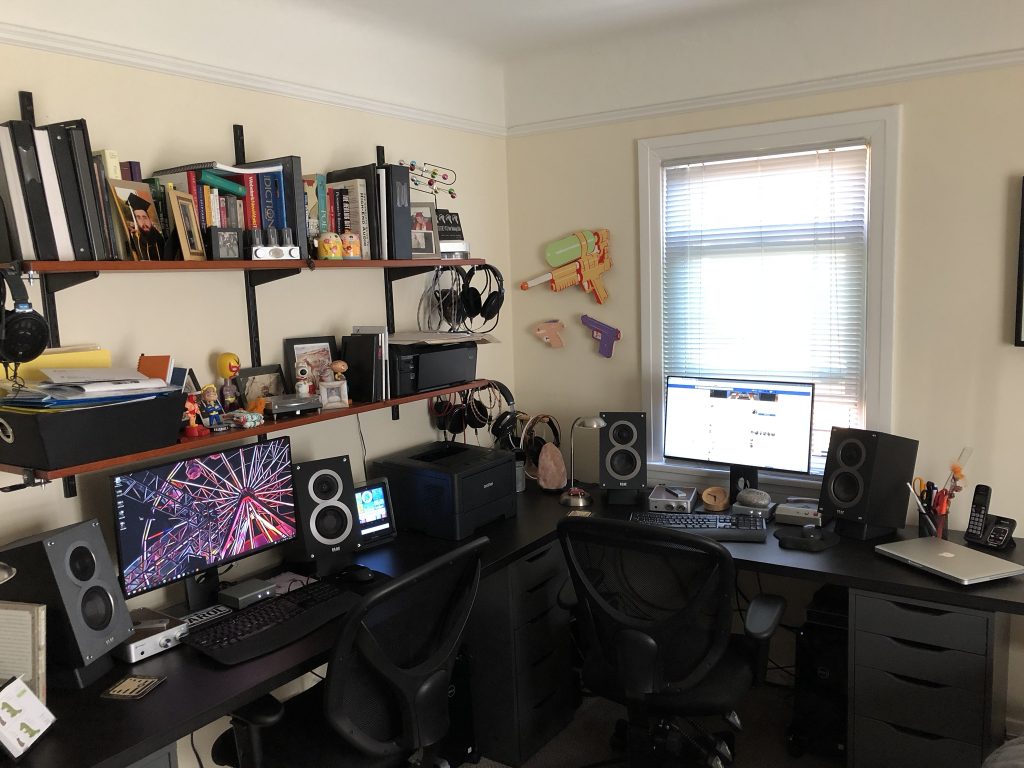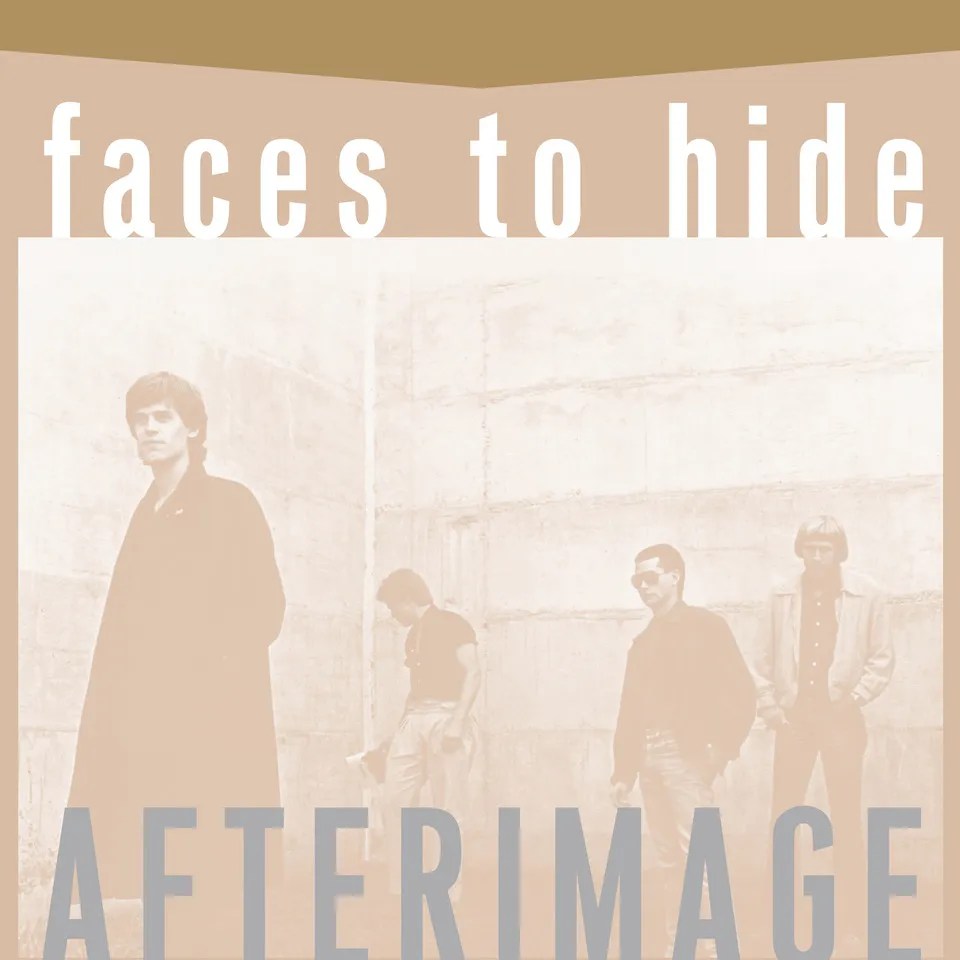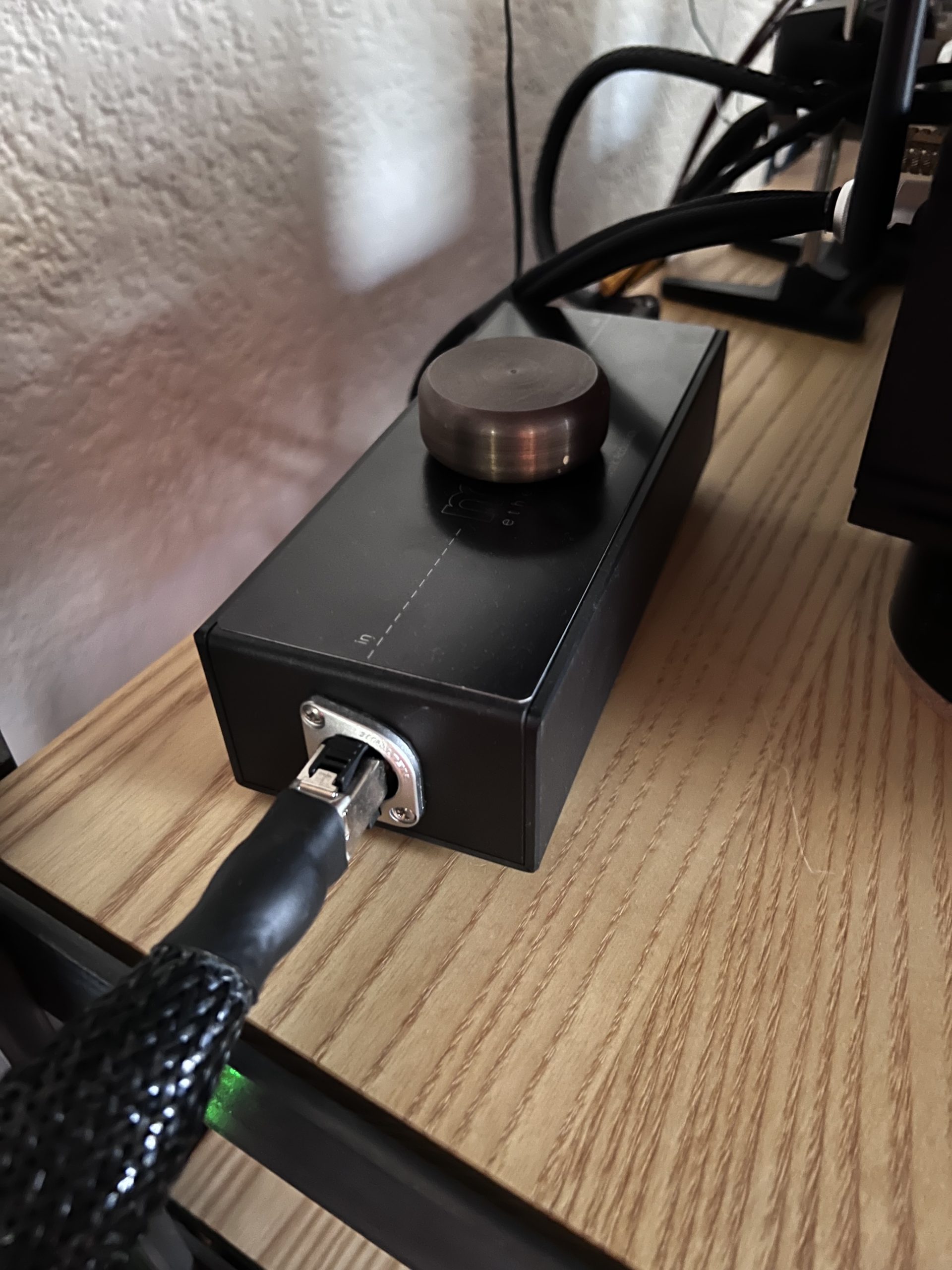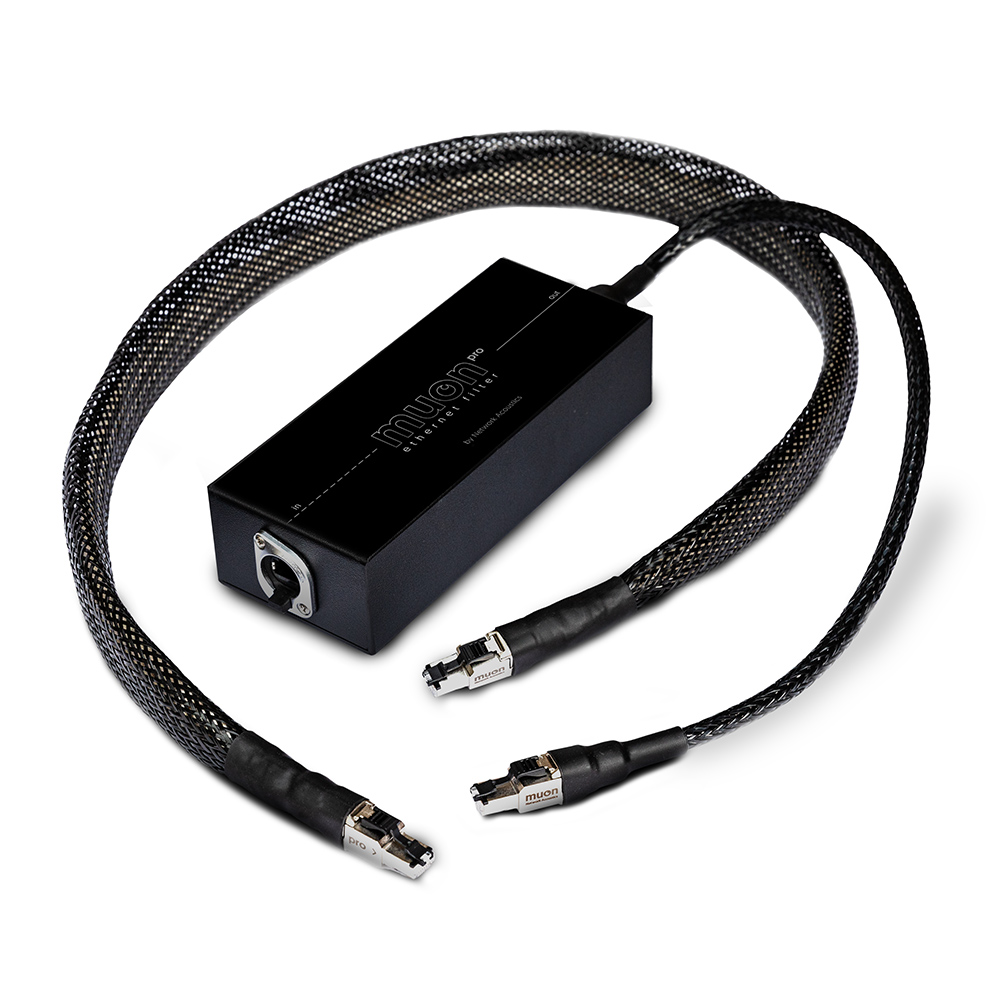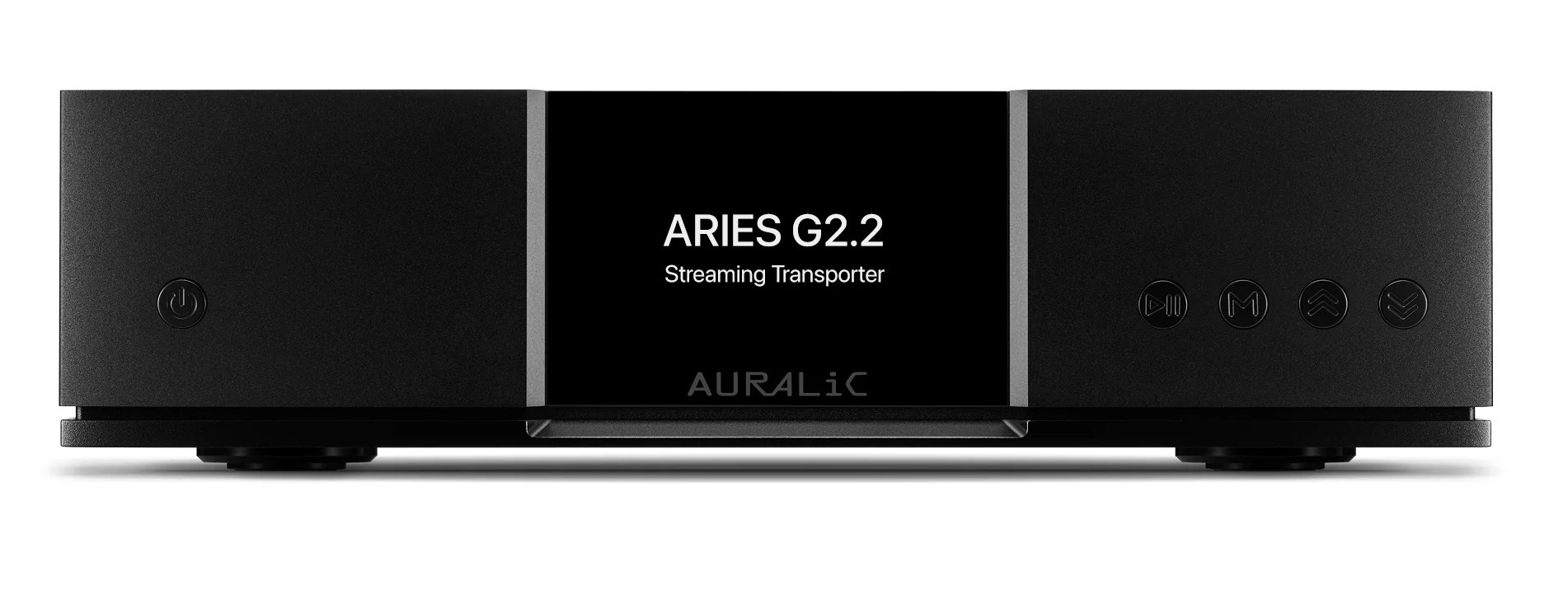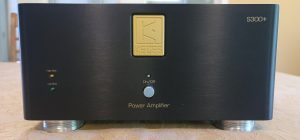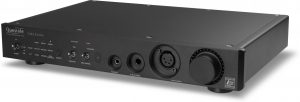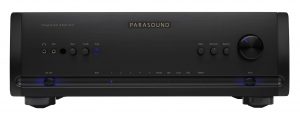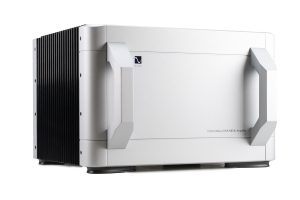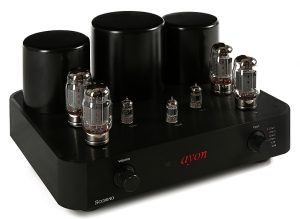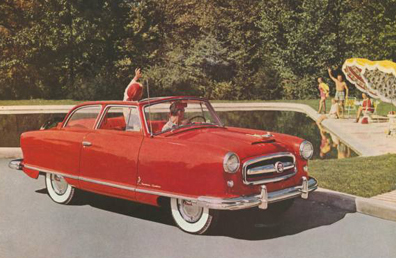
Last late Winter… or early, early pre-Spring, depending on how you prefer your "pretty much the same with some slight differences, though not really all that much" seasons here is SoCal, I found myself staring at John Young's Acoustic Imagery Atsah (Htpex NCore 1200 Class D power amplifiers, $9995/ pair based on the Hypex NC1200 modules from UcD/Hypex author Bruno Putzeys) and the Jay-Sho Fully Balanced Autoformer Passive Preamplifier ($8995) as they played the most startlingly dead-quiet music with all the grip, slam, extension, and harmonic richness one could ever want… and thought, nice, this is way good. But I got to say more.
I mean, I need to write more about this combo (or tribo since it is two amplifiers and one passive preamplifier based on autoformers) then just "They made wonderful music here with nothing to bitch about like so many nitpicking audiophiles love to do, or find that they HAVE to do to justify whatever it is they think is right or wrong… blah, blah, blah."
But instead, I was pretty much drawing a blank. What to say? What not to say? Well, the system with this doing what they do was dead, DEAD quiet, unless of course music was coming out of the speakers; all that the quietness allowed for more of the music to come through with less, way less, in the way. That was evident. Obviously the Atash's 128dB signal to noise ratio (400w/8ohm - 1200w/2ohm) was responsible for this audible change (or is that 'inaudible' since the amplifier's signal to noise ratio is insanely silly high?) and the Jay-Sho being not much more than wires, switches, and connectors also contributed to this lack of background noise. So WHAM… music had that startling speed and clarity. Presence and detail. Space. Yeah… lots of space, lots of empty space between, around, and among whatever was being hit, pushed, strummed, noodled, manipulated, and vocalized. So the music took on a different feel than what I hear from the Clayton M200 Class A amplifiers and the Cary SLP-05 preamplifier. Way different in many respects… and yet quite the same.
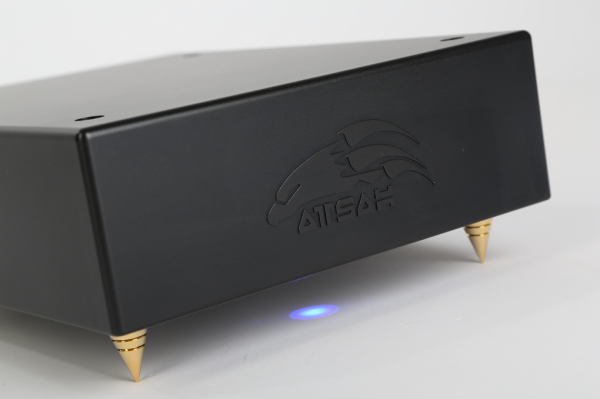
Music was not what one typically, or stereotypically, hears from Class D amplifiers. Past experience has been that Class D amplifiers have more of the single-ended triode sound: warm, rich, rolled-off at either end—more euphonic and woolly than neutral and dynamic. Nor what one hears from passives: lack of dynamics, space, tonal richness, slam… even though what you get is supposed to be unedited by the nature of a passive, though the nature of a passive results in many tradeoffs. Yeah, they are quiet, but then the source is forced into doing all the pre-amplification duties. Not always a good thing.
Yeah, well… the Atash/Jay-Sho was a mind blowing experience.
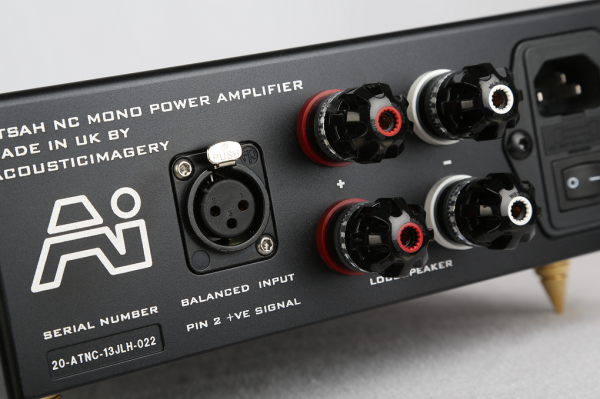
Bass was deep and powerful, solid and extended. Absent was the wooliness, lack of control, extension that too many Class D amplifiers bring to the table. But what I heard with the Atash/Jay-Sho combo, well I get that with the Cary/Clayton combo too. Differences here were rather moot though the Atash/Jay-Sho might have lacked a wee bit texture and push. Push in the sense of moving the air out and pressurizing the room, texture as in, well texture. The ability to feel and sense or visualize the bass in terms of it shape and dimensionality. Yeah, bass can do that… and the Atash/Jay-Sho seemed a bit rounder and less defined. But not an issue as to point this out takes one away from how the Atash/Jay-Sho combo presented the whole music and how this whole simply overpowered the pieces. Nit-picking trivial issues… too much music and not enough desire to do that, but then that is what many people need to hear. And so there it is and here is a bit more…
The higher end, or treble, was extended and clean. Clean I tell ya. Transparent as it gets. No etch, no glare, no roll-off. It was there in whatever musical state was on the disc, file, or in the groove. Air, airy… breathe the fresh air. No pollution to get in the way… just musical music.
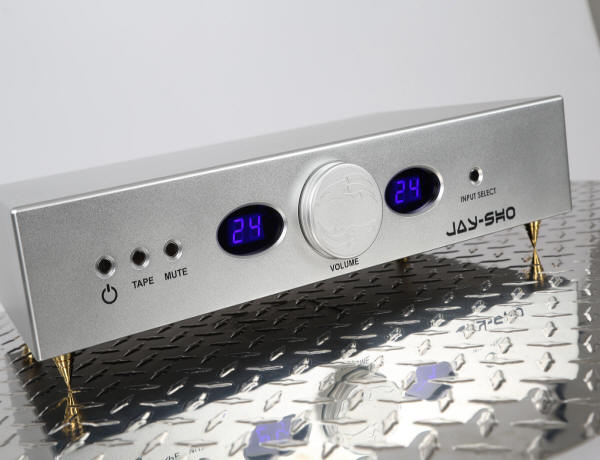
For sure, the Cary/Clayton added that Class A/tube warmth and richness that they posses based on their own designs. Air and presence. Dimensional palpability. Space. Slam and control. Extension. Musicality. But then the Atash/Jay-Sho were so close musically that any differences were more about… well differences in how they did just those things. See, they did all the same things too, but in their own way. The way a well-designed NCore Class D amplifier paired with a purposely designed passive (the autofomers make a substantial difference in mitigating the tradeoffs one hears in so many other passives) can do; pretty much whatever other components are doing… if done right. But yeah, they do, do it differently. Differently in the overall presentation. A bit less of that and a bit more of this… a wee less dimensional presence, a smidge less bloom and airy spaciness… perhaps less of that 'out-into-the-room' soundstage that was deeper and wider and more of one that was shallower and less tactilely incisive.
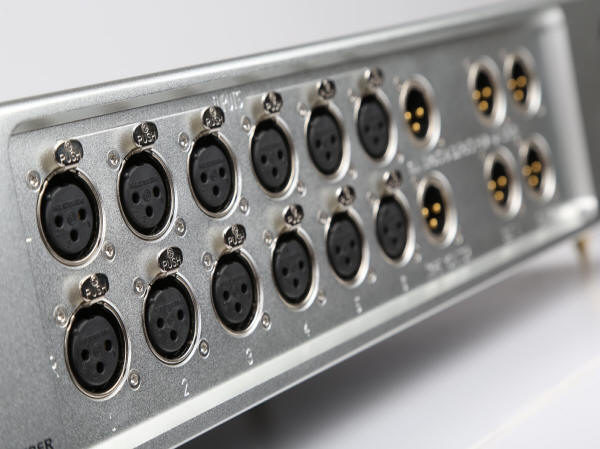
But then these differences can exist with any component, and so, differences are what they are… differences in taste and perspective. Differences in how the music should sound. Even so, I found nothing to quibble. Nothing to say that the Atash/Jay-Sho are not sonic or musical winders. I loved my short time with these, and could easily live with them forever… sadly they had to go back. Yeah, they are really, really good. Hats off to John Young.
A few side notes. The products worked flawlessly. The Atsah amps never buzzed, hummed, got hot, or shut down. Nothing but music. Ditto the Jay-Sho passive. The remote worked, the lights lit, the inputs all worked… selection selected. Nothing but music. The blue lights for inputs on the Jay-Sho were cool, ditto the red lights on the Atsah for power.
Oh… if you want the whole story as to what they are doing and how they are doing it, you will have to read elsewhere. Try the Acoustic Imagery's site to search out the products on the web to learn more.
Tweak Geek
Acoustic Imagery





